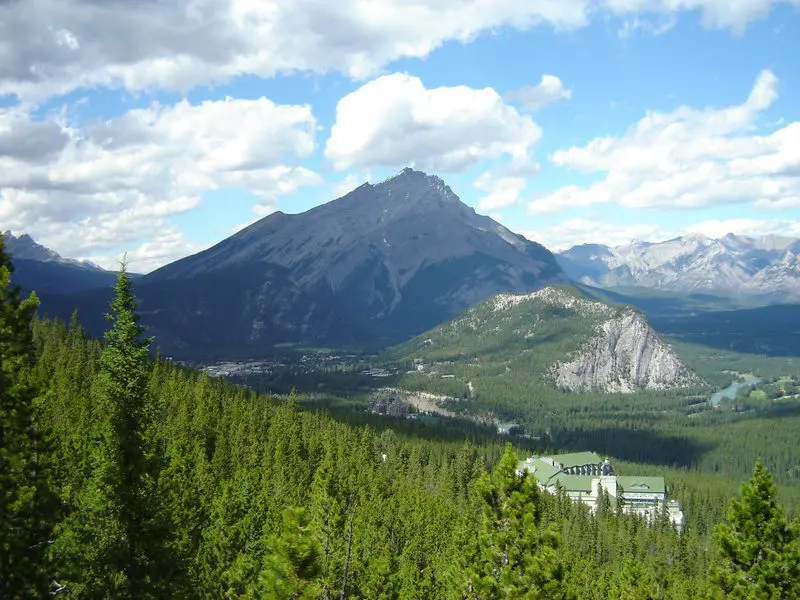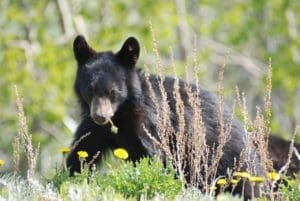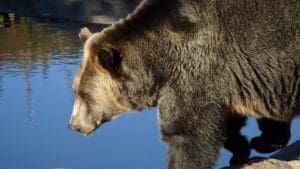
The Canadian Rockies offer some of the very best summit scrambling, hiking and trekking in the world. The area is host to a variety of protected lands in both the provinces of Alberta and British Columbia including Kananaskis Country, Banff National Park, Yoho National Park, Kootenay National Park, Jasper National Park, Mount Robson Provincial Park, and Mount Assiniboine Provincial Park.
“To be alone in this wilderness of forests and cliffs, glaciers and mountain torrents, bright wildflowers, bright sunshine, and the weird cry of the marmots, and with leisure to let the mind dwell on it undisturbed, was an experience well worth a day, even if no other reason for pause existed.”
William Spotswood Green, first ascent of Mt. Bonney, Canadian Rockies
Summer is fast approaching and if you’re looking to get out and travel to Canada for the vacations, here’s something that should be on top of your list. So get your electronic travel authorization Canada ready and start planning your trip to some of the best outdoor experiences of your lifetime.
The Canadian Rocky Mountains run from Glacier National Park in Montana, United States, to the Liard River basin in northern British Columbia. This mountain range is almost 1500 km long and 150 km wide covering an area of over 180,000 km˛. This vast expanse of land includes a diverse selection of wildlife, bright wildflowers, unique mountain formations, large tracts of wilderness, glaciers and icefields.
Wildlife in the Canadian Rockies
The Canadian Rockies is home to a huge selection of mammals, birds, reptiles, fish, and bugs. There are 69 natural species of mammals, 277 species of birds, 15 species of reptiles, 41 species of fish, and plus or minus 20,000 species of bugs.
Listed here are a few of the more popular and larger animals:
Elk, Wapiti
Cervus elaphus
Elk are common in the Rockies and often found in alpine meadows and mixed forests. The bugle of a rutting bull elk in the fall is one of the most amazing sounds in nature! Bulls grow on average to around 330 kg (728 lbs).
Bighorn Sheep
Ovis canadensis
Bighorn sheep, often called mountain sheep, are common in the sub-alpine and alpine around rocky outcrops, cliffs and talus slopes. The curled horns of rams are an impressive site. Rams grow up to 130 kg (287 lbs).
Black Bear
Ursus americanus
Black bears are common through-out the Rockies and can be found in forests, marshes, meadows and avalanche slopes. There claws are small compared to grizzly bears, which is perfect for climbing trees. Don’t be fooled by the name, not all black bears are black. Boars average 170 kg (375 lbs).
Grizzly Bears
Ursus arctos
Named for their grizzled appearance, grizzlies are found in both forested and alpine areas. Grizzly claws are long and designed for digging. They have a prominent hump along the back that black bears don’t have. These large animals can reach speeds of up to 50 km/hr (30 mi/hr). Boars can grow to 320 kg (705 lbs).
Mountain Goat
Oreanmnos americanus
Mountain goats are found at higher elevations in meadows, cliffs and scree slopes. Female mountain sheep (called ewes) are often mistaken for goats. The easiest way to tell the difference is that goats have long thick coats compared to the short coats of sheep. Billies can grow up to 120 kg (265 lbs). The funny thing about mountain goats is that they aren’t actually goats at all; but relatives of the Asian antelope!
Moose
Alces alces
Moose are the largest members of the deer family. They are commonly found around lakes, bogs, marshes and meadows. Bulls grow on average to around 450 kg (992 lbs). Moose means “twig eater” in Algonquin (native language).







Be the first to comment